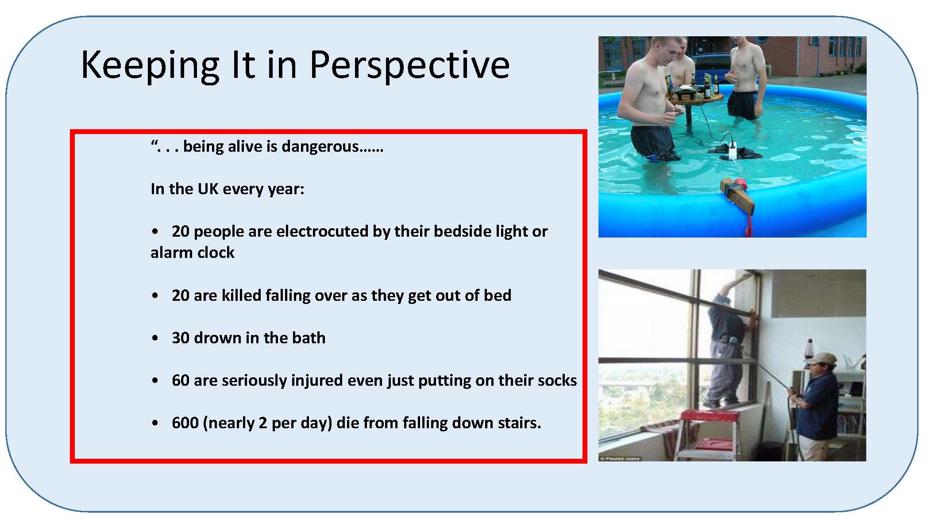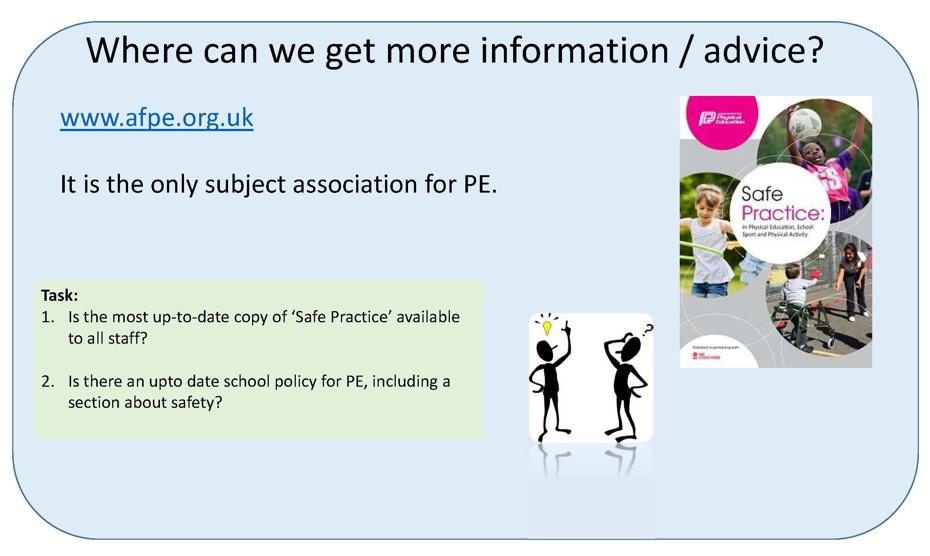
Safe Practice in Physical Education, School Sport and Physical Education
Reflective ActivityThe Things we do … Identify 10 things you do to ensure that young people are safe in your school when participating in PE, School Sport and Physical Activity. |

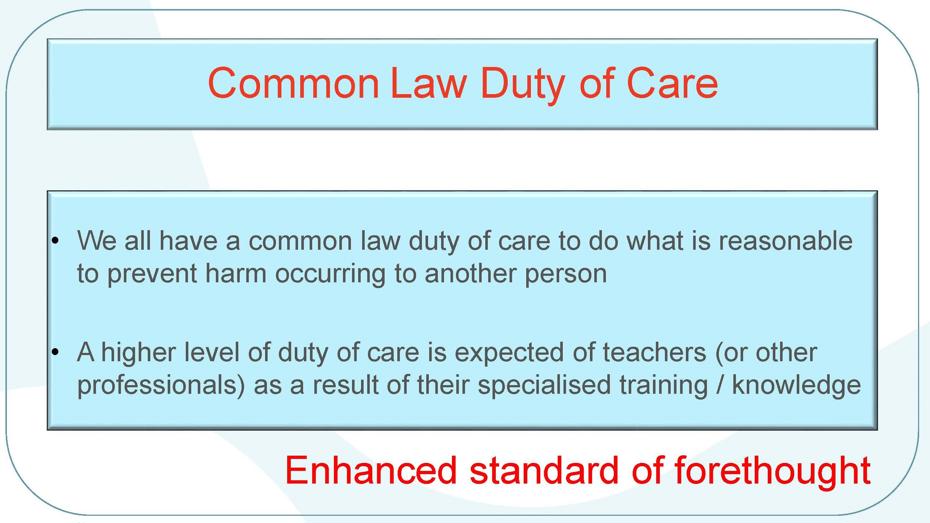

The Dry - legal bit
The legal responsibilities of school staff (HaSaWA (1974) and Management Regs (1999))
ALL ADULTS WORKING WITH PUPILS NEED TO BE AWARE OF THEIR LEGAL RESPONSIBILITIES:
The law requires employees to:
- take reasonable care of their own health and safety and that of others who may be affected by what they do at work
- co-operate with their employers on health and safety matters
- do their work in accordance with training and instructions
- inform the employer of any work situation representing a serious and immediate danger, so that remedial action can be taken
- Employees should follow health and safety procedures put in place by their employer.
Teachers and other staff in schools have a common law duty when in charge of pupils to take the same care of them as they would as a parent.
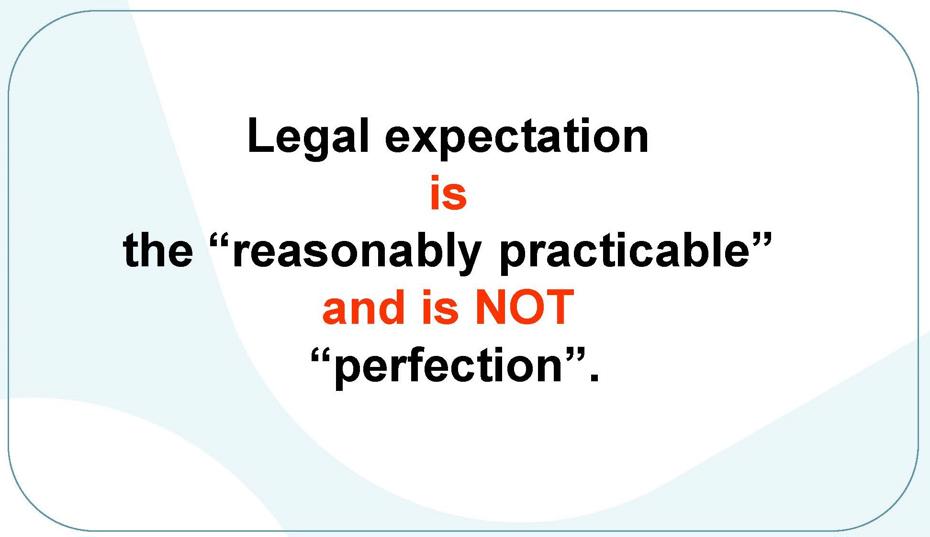
Reflective ActivityYour school is considering deploying an independent coach to deliver sport or PE to young people. What procedures / checks would you instigate to ensure that it meets the standards that the children deserve? |
Headline 1
Non-delegable duty of care
Any adult involved in PESSPA sessions, whether working alongside or at a distance (remotely) from the teacher, is expected to show the same standard of care.
In a school-organised activity, which is delivered by an external agency, on or off site, the school’s duty of care to students continues whether or not the teacher is involved in the delivery of the session.
A simple question can help to establish whether the school holds a responsibility:
‘Who invited the students to participate in the activity?’
If the school has played any part in that invitation being expressed and accepted, then the school carries some responsibility for the outcomes.
Risk Assessments
Risk Assessments have been compulsory in law since 1992
They do not have to be complicated.
1.Identify SIGNIFICANT hazards
2.Identify potential risks caused by said hazards & who might be affected
3.Identify measures to remove, isolate or manage the hazard
4.Review annually & note near misses
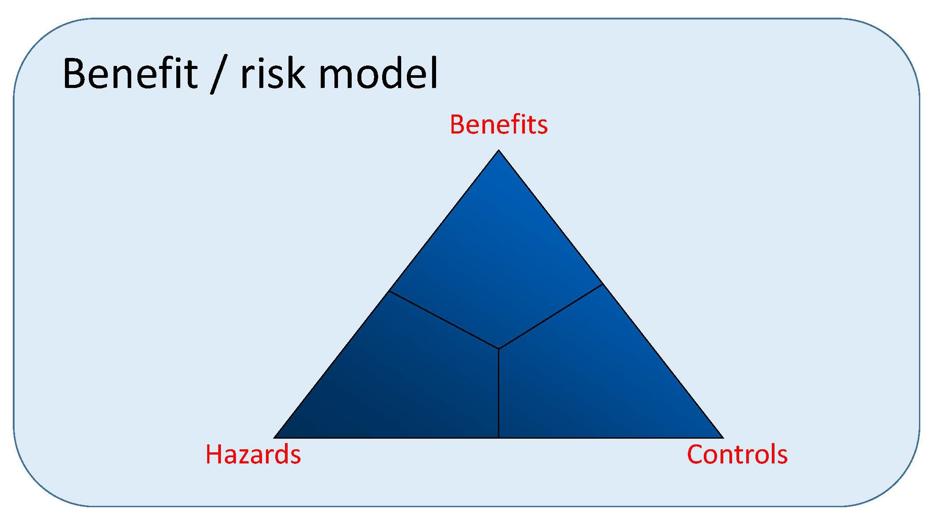
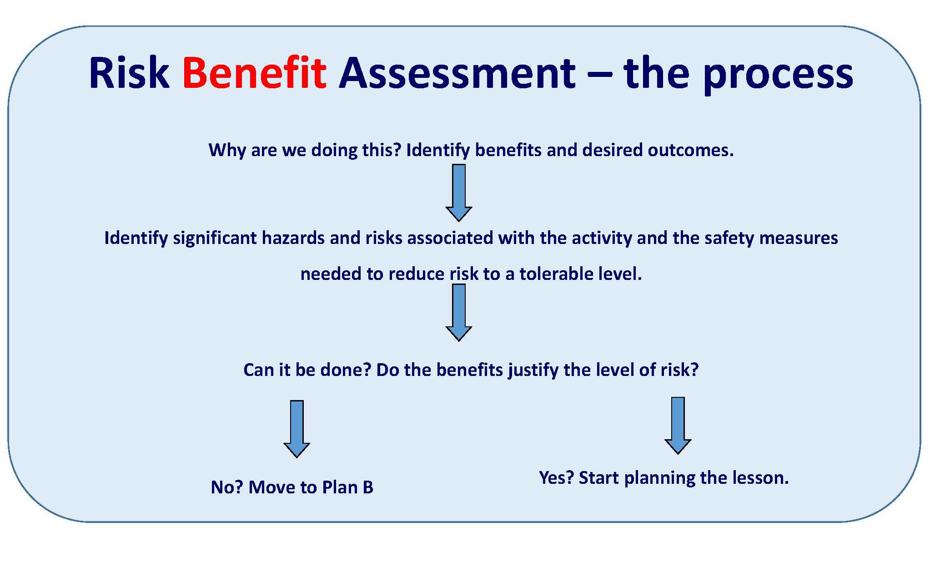
Reflective ActivityWhat are your thoughts about this cupboard ?? |
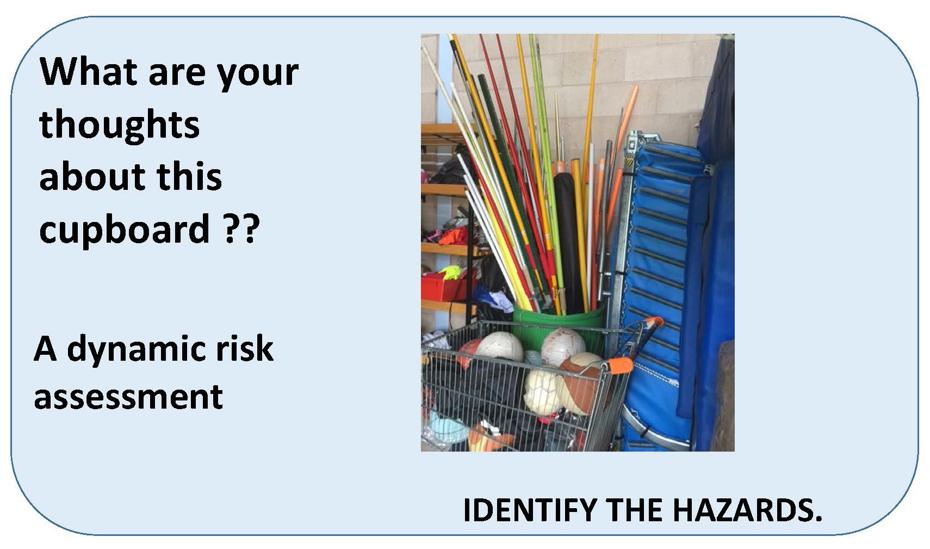
Written risk assessment
On it’s own, paperwork never saved anyone. It is a means to an end – not an end in itself. Action is what protects people.
- But….risk assessment is an essential part of the planning process in teaching PE.
- Risk assessment is a legal requirement that provides evidence of the process.
IF IT’S NOT WRITTEN DOWN – IT DIDN’T HAPPEN
Risk Reduction
3 ways to reduce any risk – i.e. to control risk:
- Supervision
- Protection
- Training (education)
Injuries will occur in PESSPA simply because of its active nature. These may be ‘no-fault’ accidents.
It is the element of carelessness that may impose a liability of negligence.
Reflective ActivityFor an activity of your choice, devise a risk assessment, identifying 6-10 hazards, and the strategies you would put in place to mitigate against the risk Use the format below |
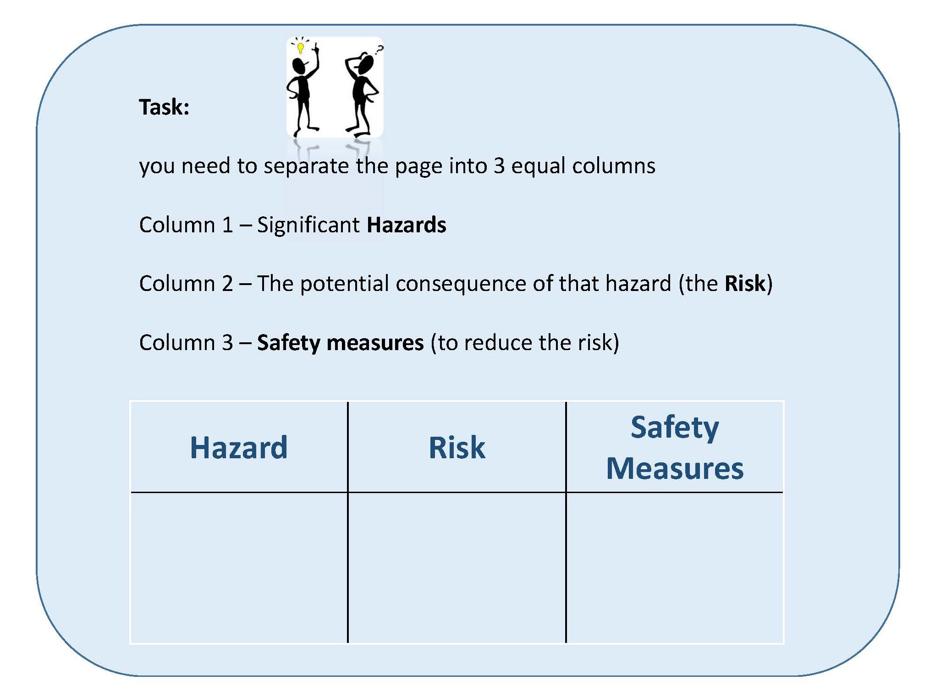
Reflective ActivityThink back to the best lesson you have ever ledThe LA/employer has been notified of a claim over an accident that is alleged to have occurred in this lesson 2 years ago
|
Media Myth
-
The Law is invariably an Ass
-
When the reckless or foolish fail to take responsibility for their own actions, they will be supported by the Law.
-
The Law of Negligence now encourages a culture of blame so that the reckless and foolish can seek legal redress against the best interests of society.
Civil claims of negligence
Negligence can only be found where:
- A breach in duty of care took place
- An injury, loss or damage was caused by this breach
- The incident was reasonably foreseeable.
Injury, loss or damage can also arise from situations that are not ‘reasonably foreseeable’, despite the best efforts of those involved. These are viewed as an accident and therefore NOT actionable.
Compensation for injury caused by the careless, unintentional actions of staff, officials or participants in PESSPA is usually obtained through a claim of negligence made by the parents of the student against the employer of the teacher concerned.
